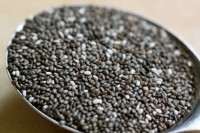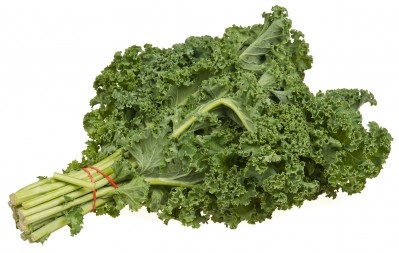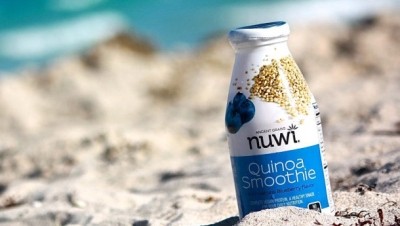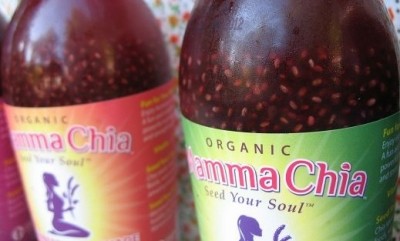Special edition: Healthy beverage trends
What’s hot and what’s not in healthy beverage formulations? From chia to carrot fiber

Speaking to FoodNavigator-USA as part of our special edition on healthy beverage trends, BI Nutraceuticals CEO George Pontiakos said his customers were experimenting with a wider variety of fibers from sugar cane to carrot, apple, lemon, barley and psyllium fibers, when developing new healthy beverage formulations.
“We’ve had a tremendous amount of interest in carrot and sugar cane fiber powders.”
Aside from improving the nutritional profile of beverages in a cost-effective manner and enabling firms to make fiber claims on pack, certain fibers were also being used to replace gums and starches (psyllium fiber); replace sugars (sugar cane fiber); and boost satiety (carrot, psyllium), he said.
We’ve had a tremendous amount of interest in carrot and sugar cane fiber powders
Meanwhile, they also added “some interesting textures to beverages”, he said.
“You see this particularly in juice beverages where people now want something more pulpy; the fibers add viscosity and mouthfeel. We’re also seeing more acceptance of sediment in juice products.
“Five years ago, everything had to be undetectable and invisible. Now consumers want to see and feel the components in a beverage. Just as with baked goods where people like to see coarser milled ingredients.”
Relaxation, natural energy, mental focus
Other beverage ingredient trends BI Nutraceuticals is picking up on include chamomile, valerian, and passionflower for calming; chia, ginseng and gingko biloba for cognitive function; beets and spirulina for color; licorice extract to boost sweetness; and green tea and yerba mate to replace anhydrous caffeine, said Pontiakos.
“The macro-trend is function, function, function. But the ingredients customers are looking at are not necessarily new. We’re seeing a lot of demand for traditional ingredients such as chamomile for calming.”
More broadly, organic and non-GMO ingredients are gaining traction, but cost and availability remain a significant barrier in some cases, he said.
Meanwhile, producing some beverages without using certain preservatives and other ingredients that consumers don’t recognize on labels is still a technical challenge in some formulations, he said.
“When it comes to natural, there is a significant divergence between expectations on the consumer side and deliverables on the industry side.“
The industry has not really embraced baobab... yet
But what about ‘superfoods’ in beverages?
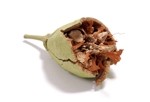
Interest in ‘superfruits’ from blueberries to acerola remains strong in the beverages market, said Pontiakos, but some fruits touted as the next big thing (notably baobab, the African superfruit packing an unparalleled nutritional punch) have failed to live up to the hype, he noted.
While it ticks all the right boxes - it’s packed with fiber and protein and is also one of the few plant sources of calcium - baobab has not taken off, at least not yet, he said.
“The industry has not really embraced baobab, maybe because it is quite expensive. But I also don’t think it’s done a good job of marketing it, whereas ancient grains and seeds such as chia and quinoa have attracted a significant amount of interest.
“It’s possible that the window of opportunity may just have been missed [for baobab].”
